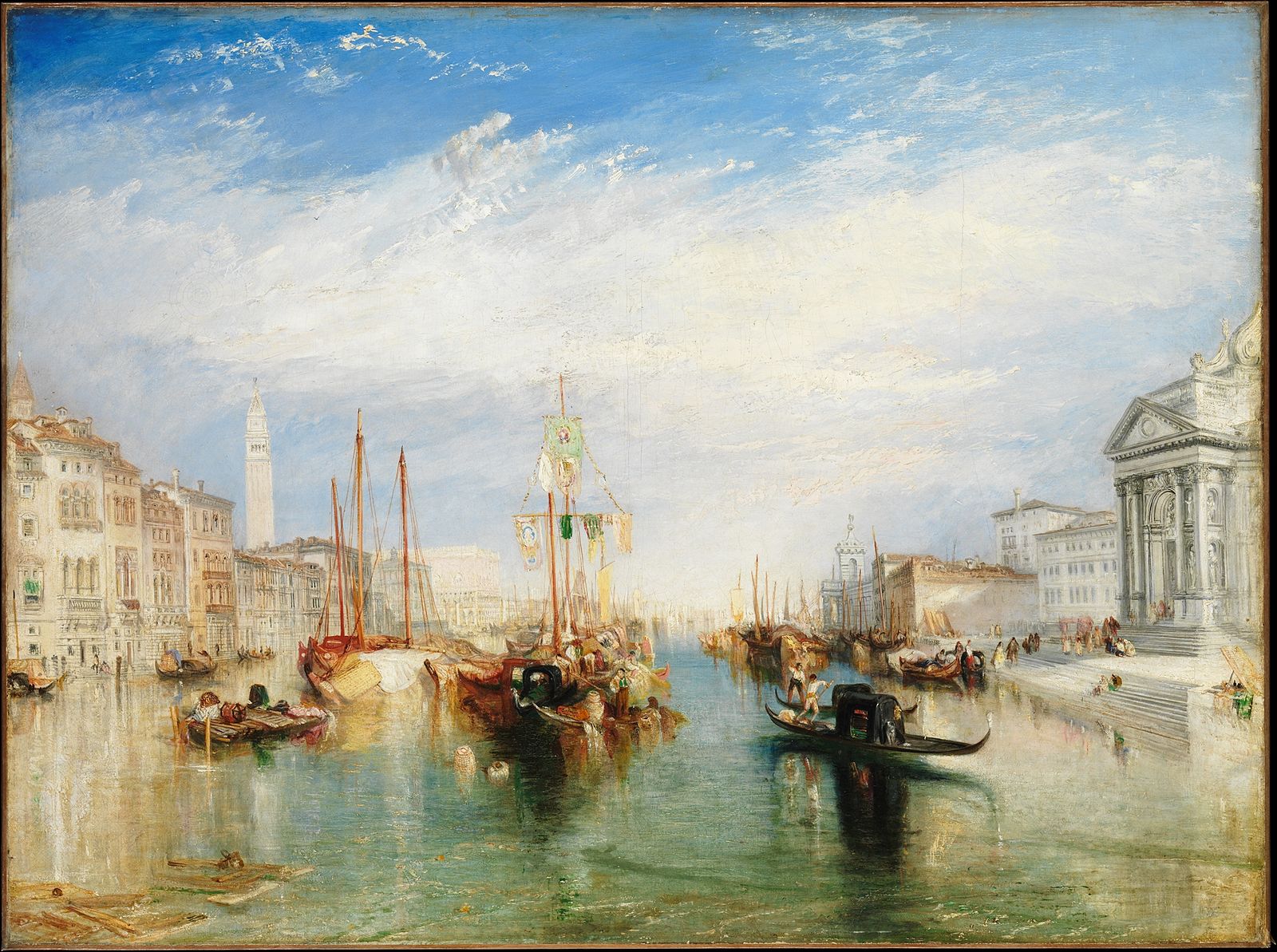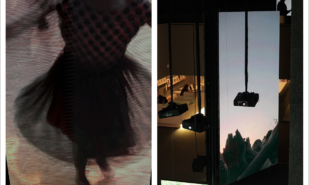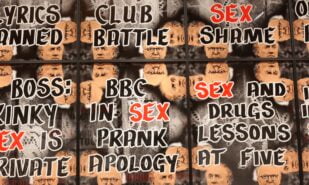On September 21 The Oxford’s University Ashmolean Museum launched an exhibition Colour Revolution at its John Sainsbury Exhibition Galleries. Oxford being Oxford, it is actually a part of the European Research Council funded Chromotope: The 19th Century Chromatic Turn research project. It is a cross-disciplinary investigation into what happened to colour in the 19th century, and notably how the ‘chromatic turn’ of the 1850s mapped out new ways of thinking about colour in the arts, science and technology throughout Europe. And this is exactly what the exhibition makes clear for us. Colour revolution can be seen till February 2024 from 10am till 5pm every day. If you are a member of the Ashmolean or its employee or an Oxford student, you can see it for free, so we do recommend all Oxford students in the city not to miss their chance. The full price ticket is £15.30, senior citizens and Oxford alumni have a small discount (£14.30), while other students and young persons under 25, as well as job seekers and Art Fund pass holders can see it for £7.65. And it is really worth a trip to Oxford, as it will make us look at colours of the objects preserved from the end of the 19th century and colours we see on paintings of that period (pre-Raphaelites and others) differently.
Invention of colour: Colour Revolution exhibition at the Ashmolean Museum
| Author | |
|---|---|
| Category | Columnists, Culture, Lifestyle, Town |
| Date | February 5 2024 |
| Reading Time | 4 min. |
Invention of colour: Colour Revolution exhibition at the Ashmolean Museum
Actually, why do we have that impression of the Victorian era that it was dark, conservative, full of repressions and industrial smog? Why do we associate that time with Queen Victoria’s mourning dress that she had been wearing for 40 years since Prince Albert’s Death? Yes, the dress was there and will start this exhibition, but gradually it dispels the myth of darkness and shows how developments in art, science and technology resulted in an explosion of colour that was embraced by artists, designers and regular people of the 19th century. Visitors would be amazed to find out that it was exactly the time when synthetic colours were invented and thus textiles, books and paintings could suddenly reveal these inventions through their colourful designs with shades and tinges never seen before. The curators of the exhibition, Matthew Winterbottom (curator of Sculpture and Decorative Arts at Ashmolean Museum) University of Oxford and Professor Charlotte Ribeyrol (Sorbonne University, Paris) call this process a ‘colour revolution’ and want to show you how exactly it happened through this project. Matthew Winterbottom mentions that ‘exhibition aims to be a joyous and surprising tour through a period of history that has been misunderstood as bleak or black and white’ and presents this project as ‘a chance to see some of the 19th century’s most colourful and spectacular works of art, fashion and design.’

The exhibition features 140 objects from international collections ranging from Ruskin’s exquisite studies with his intricate usage of colour, Turner and Whistler’s experiments with colour harmony, and Morris & Co.’s elaborate designs, to fashion, jewellery and homeware. How was it possible that all of them suddenly appeared? Here comes the famous technological progress, as the new colours appeared with the invention of aniline dyes. Aniline, a by-product of coal-tar, introduced colourful diversity to Victorian wardrobes. At Ashmolean we can see a purple dress, crinoline and shoes dyed with the first aniline colour, Mauvine, all retaining their shocking brilliance. Soon coloured items stopped being a luxury, as the price of dyes reduced, making bright colours available to all. And here come dyed stockings and underwear for women, and colourful smoking jackets and slippers worn at home by men.
It was actually an 18-year-old chemistry student, William Henry Perkin (1838-1907) who discovered Mauvine in 1856, and then chemists continued their way to discovery of other synthetic colours, and we can rightly name the 19th century the era of synthetic colours. Soon new anilines were being used to print postage stamps, make inks, pigments, paints, to colour paper and even food. The International Exhibition of 1862 actually introduced synthetic anilines to the world. Vivid pinks that we know very well today, Magenta and Solferino, named after recent French victories over Austria in the 1859 Second Italian War of Independence, were one of those on proud display then. There was also the colourful Great Bookcase (1859–62) that was designed by the architect William Burges and painted by thirteen young artists, including Edward Burne-Jones and Dante Gabriel Rossetti who used aniline green among other dyes that went into creation of this masterpiece.

That was also the time when many beetles and hummingbirds were killed to serve the desire for colours. Unlike the feathers of a peacock, whole bird and beetle bodies were incorporated into Victorian fashion and jewellery. Jeweller Harry Emmanuel created a Hummingbird necklace (1865) made of seven decapitated emerald and ruby-topaz birds. Foreign Secretary Lord Granville was once presented with a piece of jewellery made of the bodies of 46 iridescent green South American weevils, with Granville re-designing it as a tiara and necklace (1885) for his wife. New fashion didn’t take into account possible dangers associated with ingredients for new colours, while the main ingredient of the new green dye was arsenic that proved to be lethal. It caused the unpopularity of green colour for a long time (especially in the USA), with green wallpaper getting a nickname as ‘walls of death’.
There were also discussions on colour theory and different colours’ moral qualities at that time. The exhibition will show artists who had famously different attitudes towards colour. John Ruskin believed artists should stick to the natural colours, while James Whistler disagreed, with his extravagant use of colour made easier by the invention of metal paint tubes. Some new ‘unnatural’ colours were embraced by the decadent movement, for instance, yellow got associated with adult content and different non-conservative plots in literature and art. A Decadent young woman. After the dance (1899) by Catalan painter Ramon Casas has a woman holding one of the yellow books, while the avant-garde periodical The Yellow Book appeared in London in 1894 at around the same time. Its bright yellow cover was designed by Aubrey Beardsley, with The Yellow Book giving the colour association to the whole period and special morality stance, with that decade getting to be known as ‘the Yellow Nineties’.

Finally, the exhibition explores photography and electricity that also became the means of innovative usage of colour in the second half of the 19th century. Colour Revolution features one of the earliest colour reproduction techniques, cyanotypes, made by Anna Atkins, who used the process to create beautiful ‘photograms’ (photos made without a camera) of British algae. The exhibition closes with performances of Illinois-born dancer Loïe Fuller who came to be known as the Electric Fairy when in 1892 she premiered her modernist Serpentine Dance at the Folies Bergère in Paris. Colour was central to her performances. Her voluminous costumes were made using dozens of metres of white silk where special canes created the illusion of their extraordinary length. Jewel-like colours of electric lights projected visionary lights on the dress to form a whirl of ethereal sensations. The exhibition has mastered a recreation of the performance using a special Victorian illusion device, a Pepper’s Ghost.
If you want to have your eyes opened on the process of colours becoming part of people’s everyday life, interior design and fashion, and if you wish to relive the joy that Victorians experienced when making their lives brighter, or you want to figure out the special codes associated with certain colours at that time and to trace the usage of colour in photography, dance, art, furniture, shoes and clothes manufacture, then it is high time you visited the Ashmolean and marvelled at the brightness of colours that are still wonderfully preserved after all those 120-150 years. Nobody knows whether our modern colours will be as well preserved in 150 years from now. In the meantime, let’s enjoy a deep dive into the re-discovered Victorian era that had its own important breakthrough – we call it a ‘colour revolution’ today.




